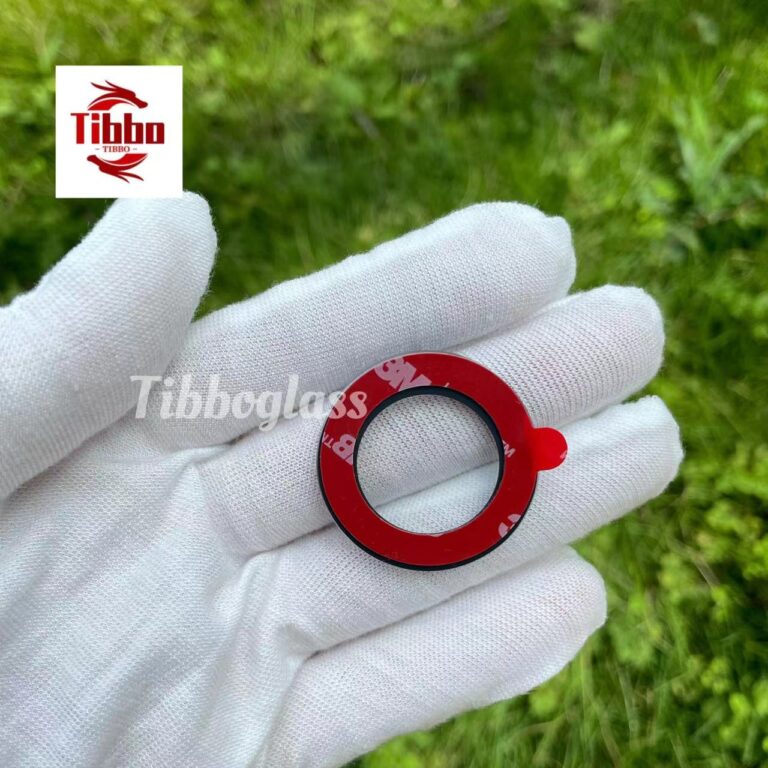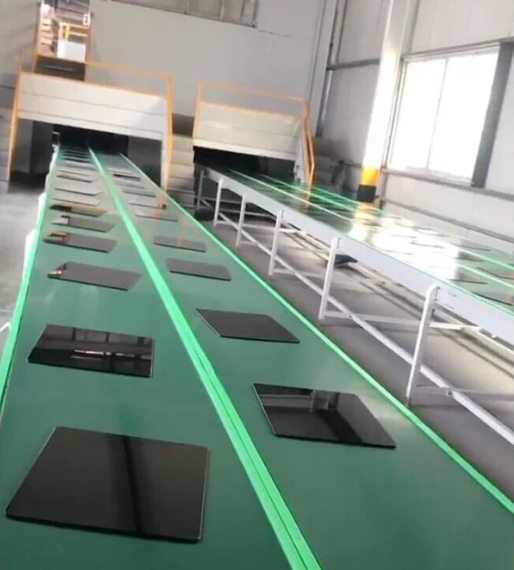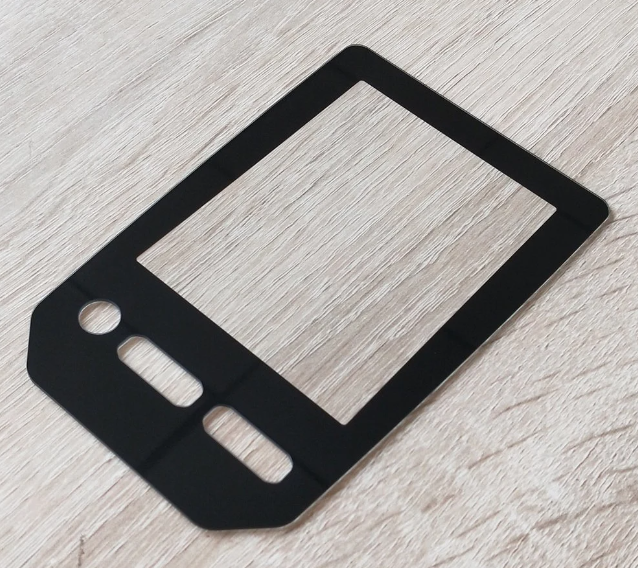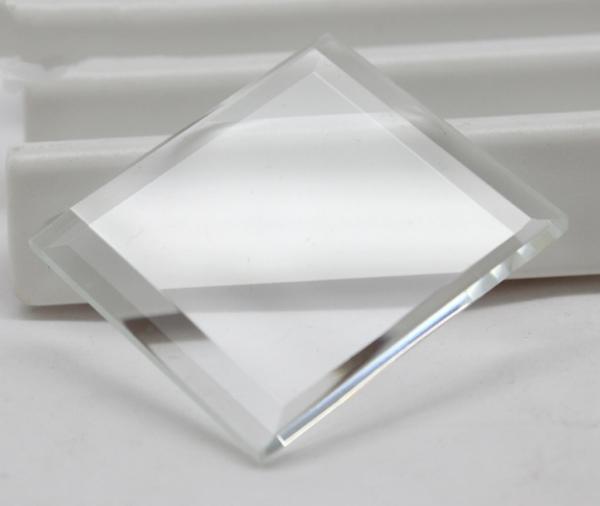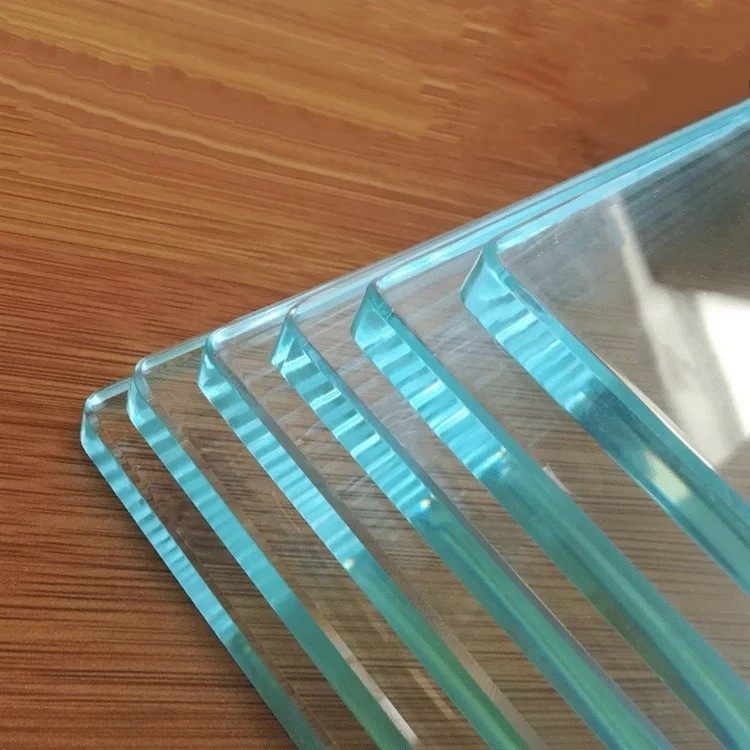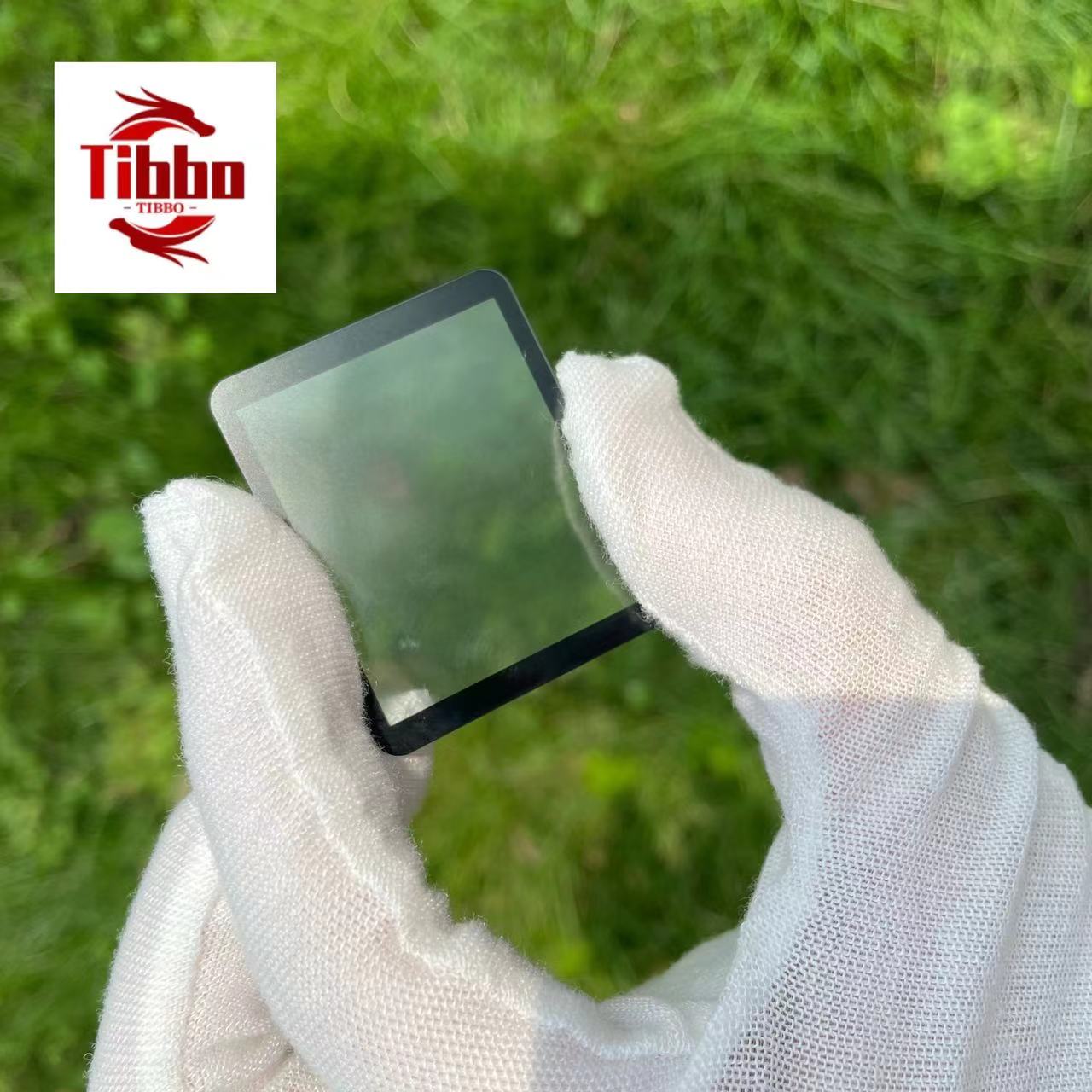
When discussing the vast world of glass technology, the term “AG” often surfaces, especially in contexts involving display screens and various optical applications. AG stands for “Anti-Glare”, which refers to a specific type of glass finish designed to reduce glare from ambient lighting. In an era where screens are omnipresent and consistent viewing comfort is essential, AG glass plays a pivotal role in enhancing visual clarity and user experience.
The Problem with Glare
Glare is a common issue that occurs when light from the sun or artificial lighting sources reflects off a glass surface, causing bright light to interfere with the visible content on the screen. This can lead to eyestrain, discomfort, and a decrease in content legibility, which can be particularly troublesome in work environments, public information displays, and personal devices that are used outdoors or in brightly lit areas.
How AG Glass Works
AG glass addresses the glare problem by featuring a surface that disperses reflected light. This is typically achieved through an etching process or by applying a diffusive coating that breaks up and scatters incoming light rays. As a result, the intensity of reflected light is significantly diminished, thereby reducing the glare that reaches the user’s eyes.
Etched AG Glass
The etching process creates a fine, controlled roughness on the glass surface. This roughness is microscopic and does not perceptibly affect the transparency of the glass when looking directly through it. However, it scatters light in different directions, reducing the mirror-like reflections that cause glare.
Coated AG Glass
Alternatively, AG glass can be manufactured by applying a special anti-glare coating that contains particles to diffuse reflected light. This coating can be tailored to achieve varying levels of glare reduction, depending on the intended use of the glass.
Advantages of AG Glass
- Improved Visibility: By minimizing glare, AG glass allows for better visibility of display screens, even under direct sunlight or strong indoor lighting.
- Reduced Eye Strain: Less glare means a more comfortable viewing experience and less strain on the eyes, which is beneficial for people who spend long periods in front of screens.
- Enhanced Aesthetics: AG glass often gives displays a more refined, matte look, which can be aesthetically pleasing and can reduce the visibility of fingerprints and smudges.
- Versatility: AG glass can be used in various applications, including smartphones, tablets, monitors, televisions, digital signage, and architectural elements.
Considerations for AG Glass
While AG glass offers significant benefits, there are trade-offs to consider:
- Reduced Sharpness: Some AG finishes can slightly reduce the perceived sharpness of the display because the light scattering also affects the light emanating from the screen itself.
- Cleaning and Maintenance: Depending on the type of AG finish, some AG glass can be more challenging to clean, as the textured surface may trap dirt and oils more readily than smooth glass.
- Cost: The process of creating AG glass can add to the overall cost of the product, which may be a consideration for budget-conscious consumers or large-scale projects.
Conclusion
AG glass stands as a testament to the continuous innovation in material science aimed at improving our daily interactions with technology. As we move forward into a future filled with screens, the demand for AG glass is likely to grow, driven by the need for comfortable, strain-free viewing experiences. Whether it’s for personal gadgets, professional displays, or architectural design, anti-glare glass is an integral component that marries functionality with user comfort.

